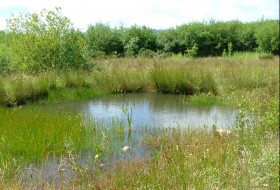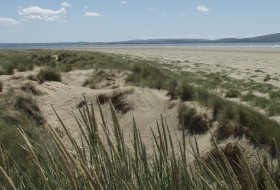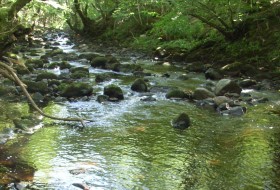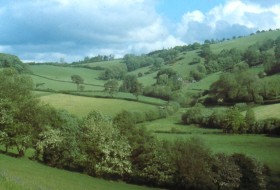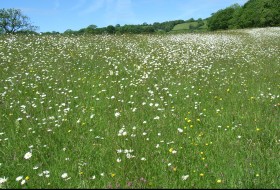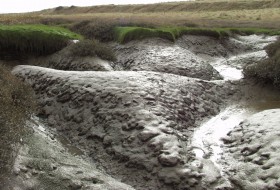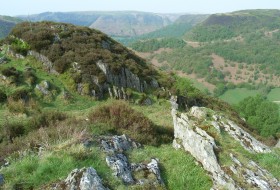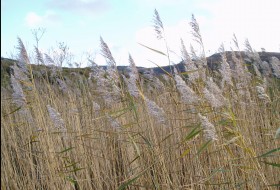Priority Habitats in Carmarthenshire
Page updated on: 15/01/2025
Welsh Government (WG) have published a list of habitat types in Wales that they consider are of key significance to sustain and enhance biodiversity the country. WG and other public bodies have a duty to take all reasonable steps to maintain and enhance these of habitat [Environment (Wales) Act 2016].
In Carmarthenshire we have many of these priority habitats – some are common and others more scarce. Our ‘ecosystems’, e.g. woodlands, rivers and grasslands provide us with a range of benefits such as food, water and clean air. They also influence the cultural identity of the Carmarthenshire, contribute to our mental and physical health, and help inspire and educate us.
A number of organisations work in the county to maintain and enhance these habitats. If these habitats are to thrive, they require organisations and individuals to work together in partnership - including land owners, government agencies, wildlife conservation groups, local authorities and industry.
Want to find out more? Download more detailed information about our priority habitats in Carmarthenshire
- Brownfield, urban and public open space (675KB, pdf)
- Coastal habitats.pdf (753KB, pdf)
- Farmland habitats (437KB, pdf)
- Freshwater habitats (619KB, pdf)
- Lowland grassland and heathland (1MB, pdf)
- Marine habitats and spp (489KB, pdf)
- Uplands (719KB, pdf)
- Wetlands (1MB, pdf)
- Woodlands (1MB, pdf)
- Carmarthen Bay & Estuaries European Marine Site (604KB, pdf)
- Wildlife of Carmarthen Bay & Estuaries European Marine Site (660KB, pdf)

